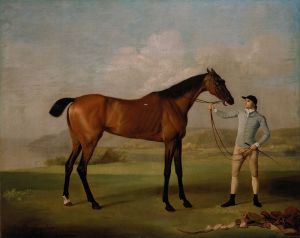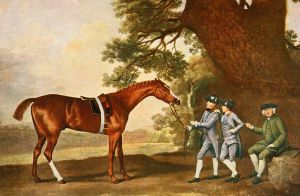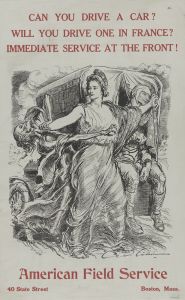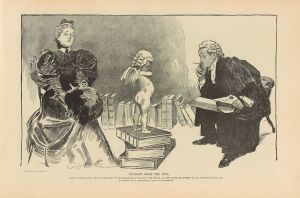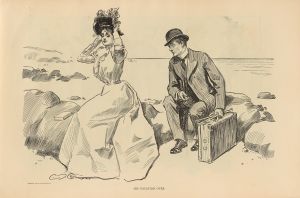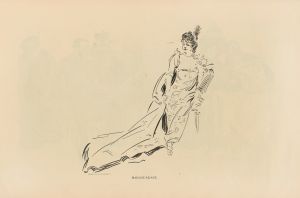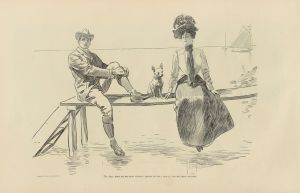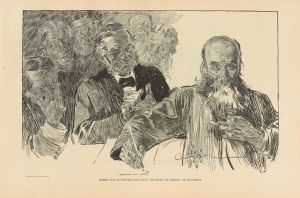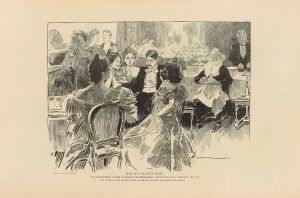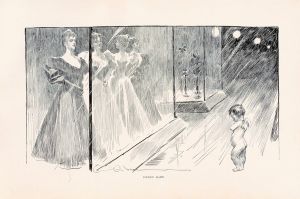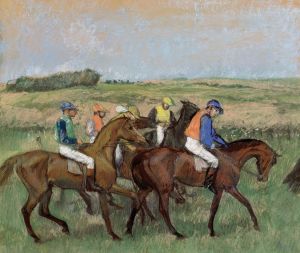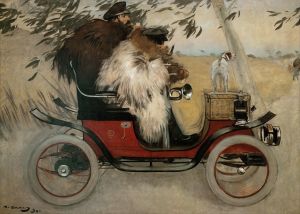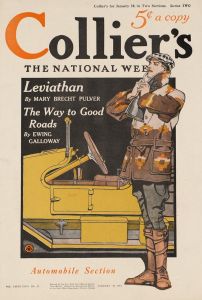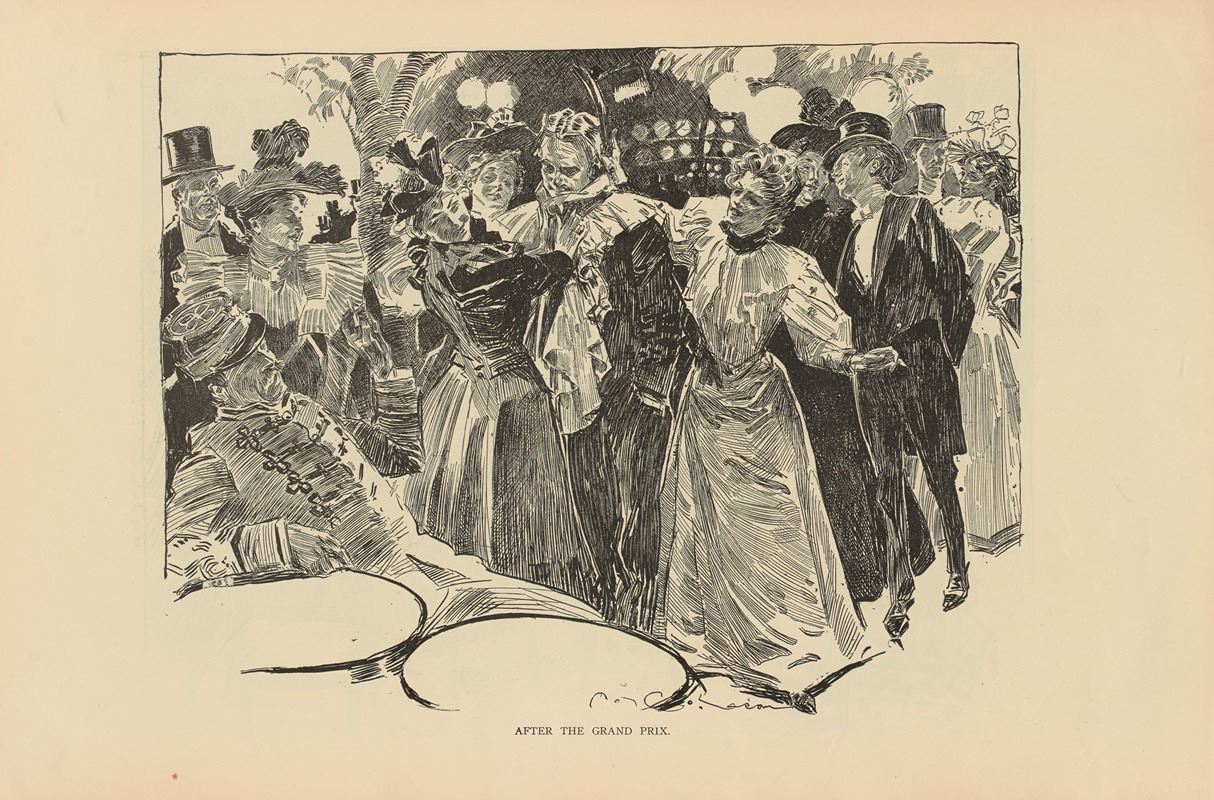
After the grand prix
A hand-painted replica of Charles Dana Gibson’s masterpiece After the grand prix, meticulously crafted by professional artists to capture the true essence of the original. Each piece is created with museum-quality canvas and rare mineral pigments, carefully painted by experienced artists with delicate brushstrokes and rich, layered colors to perfectly recreate the texture of the original artwork. Unlike machine-printed reproductions, this hand-painted version brings the painting to life, infused with the artist’s emotions and skill in every stroke. Whether for personal collection or home decoration, it instantly elevates the artistic atmosphere of any space.
Charles Dana Gibson was an influential American illustrator, best known for creating the iconic "Gibson Girl," a representation of the idealized American woman at the turn of the 20th century. One of his notable works is "After the Grand Prix," which showcases his distinctive style and cultural commentary.
"After the Grand Prix" is a black-and-white illustration that captures a scene from the early 20th century, reflecting the social dynamics and fashion of the era. Gibson's work often depicted the leisure activities of the upper class, and this piece is no exception. The illustration portrays a group of elegantly dressed men and women, presumably after attending a prestigious horse racing event, such as the Grand Prix. The setting is likely a social gathering or party, where the attendees are engaged in conversation and relaxation.
Gibson's attention to detail is evident in the intricate depiction of the characters' attire, which includes the fashionable dresses and hats worn by the women and the formal suits and top hats of the men. This attention to fashion was a hallmark of Gibson's work, as he often used clothing to convey the status and sophistication of his subjects. The illustration not only highlights the fashion of the time but also serves as a commentary on the social customs and interactions of the upper class.
The composition of "After the Grand Prix" is typical of Gibson's style, with a focus on the figures and their interactions. The characters are arranged in a way that suggests movement and conversation, creating a dynamic scene that draws the viewer's attention. Gibson's use of line and shading adds depth and texture to the illustration, enhancing the realism and vibrancy of the scene.
Gibson's illustrations were widely published in magazines such as Life, Harper's Weekly, and Scribner's, reaching a broad audience and influencing public perceptions of beauty and social norms. His work, including "After the Grand Prix," played a significant role in shaping the visual culture of the early 20th century. The "Gibson Girl" became a cultural icon, representing independence, confidence, and elegance, qualities that are also reflected in the women depicted in "After the Grand Prix."
While "After the Grand Prix" is not as widely recognized as some of Gibson's other works, it remains an important example of his artistic style and social commentary. The illustration provides insight into the leisure activities and social interactions of the time, offering a glimpse into the world of the American elite during the early 1900s.
Overall, Charles Dana Gibson's "After the Grand Prix" is a testament to his skill as an illustrator and his ability to capture the essence of an era. Through his detailed and expressive illustrations, Gibson not only entertained his audience but also provided a visual record of the cultural and social dynamics of his time.





